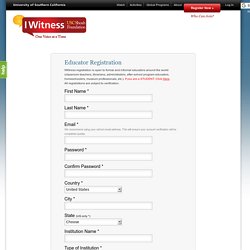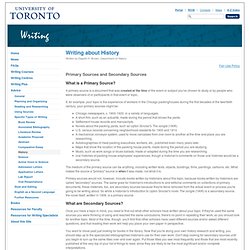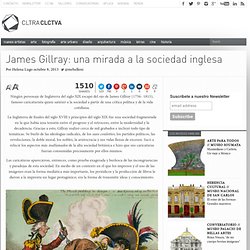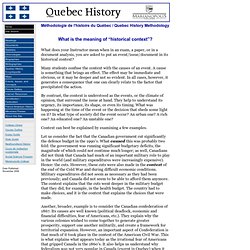

United States Holocaust Memorial Museum : Some Were Neighbors. IWitness - Education through Genocide Testimony. By accessing this website (“Website”) you (“You/Your”) agree to these Terms of Use (“Terms”) with the University of Southern California Shoah Foundation of Visual History and Education (“USC”), the United States Holocaust Memorial Museum (“Museum”) to the extent written below, and Yad Vashem – the Holocaust Heroes’ and Martyrs’ Remembrance Authority (“Yad Vashem”) to the extent written below.

Your use of the Website and any of those Testimonies (as defined below) accessed through the Website is conditioned upon Your acceptance of the following Terms: 1. Definition. “Testimonies” means all recorded interviews, audio/visual works, images, voices, likenesses and any portions thereof accessed through the Website or otherwise from USC. 2. 3. 4. A. The text, images, audio and video clips, and other content provided by the Museum for use on this Website are protected by copyright and may also be subject to other restrictions.
B. 5. United States Holocaust Memorial Museum : Some Were Neighbors. Writing about History. Fair-Use Policy Primary Sources and Secondary Sources What is a Primary Source?

A primary source is a document that was created at the time of the event or subject you've chosen to study or by people who were observers of or participants in that event or topic. If, for example, your topic is the experience of workers in the Chicago packinghouses during the first decades of the twentieth century, your primary sources might be: Chicago newspapers, c. 1900-1920, in a variety of languages. The medium of the primary source can be anything, including written texts, objects, buildings, films, paintings, cartoons, etc. Primary sources would not, however, include books written by historians about this topic, because books written by historians are called "secondary" sources. What are Secondary Sources? Once you have a topic in mind, you need to find out what other scholars have written about your topic.
You want to move past just looking for books in the library. Let's take this one step at a time. Writing about History. James Gillray: una mirada a la sociedad inglesa. Twitter123 123facebook792 792pinterest3 3google plus2Share 2linked in1.

Historical context. What does your Instructor mean when in an exam, a paper, or in a document analysis, you are asked to put an event/issue/document in its historical context?

Many students confuse the context with the causes of an event. A cause is something that brings an effect. The effect may be immediate and obvious, or it may be deeper and not so evident. In all cases, however, it generates a consequence that one can clearly relate to the factor that precipitated the action.
Las fuentes históricas y su clasificación. Las fuentes históricas y su clasificación.

Las fuentes históricas constituyen la materia prima de la Historia. Comprenden todos los documentos, testimonios u objetos que nos trasmiten una información significativa referente a los hechos que han tenido lugar, especialmente en el pasado. Dentro de ellas, y considerando el valor que también tienen las demás, las Fuentes escritas son el apoyo básico para construir la Historia. El historiador trabaja las fuentes históricas (“las interroga y contrasta”) para obtener de ellas la mayor información posible. Asimismo debe atender a su variedad, realizando una adecuada selección de las mismas.
Las WebQuest. Con las nuevas tecnologías de la información y la comunicación, lejos quedaron los tiempos en que se acudía a la biblioteca municipal para buscar información cuando nos ponían, como deberes en clase, la realización de un trabajo de ciencias o literatura.

Su versión moderna son las WebQuest, que además de hacer la tarea mucho más activa e interesante, constituyen una muy útil y productiva herramienta didáctica. Conozcamos más sobre ellas. Dentro de las actividades relacionadas con el proceso enseñanza-aprendizaje que más habitualmente realizan los alumnos en Internet está la búsqueda de información, utilizando para ello, normalmente, motores de búsqueda como Google o Yahoo, entre otros. Sin embargo, se trata de una labor compleja y que consume una gran cantidad de tiempo (dado el volumen de información disponible) y que, en ocasiones, puede resultar frustrante si los objetivos no están explicados claramente y desde el principio.